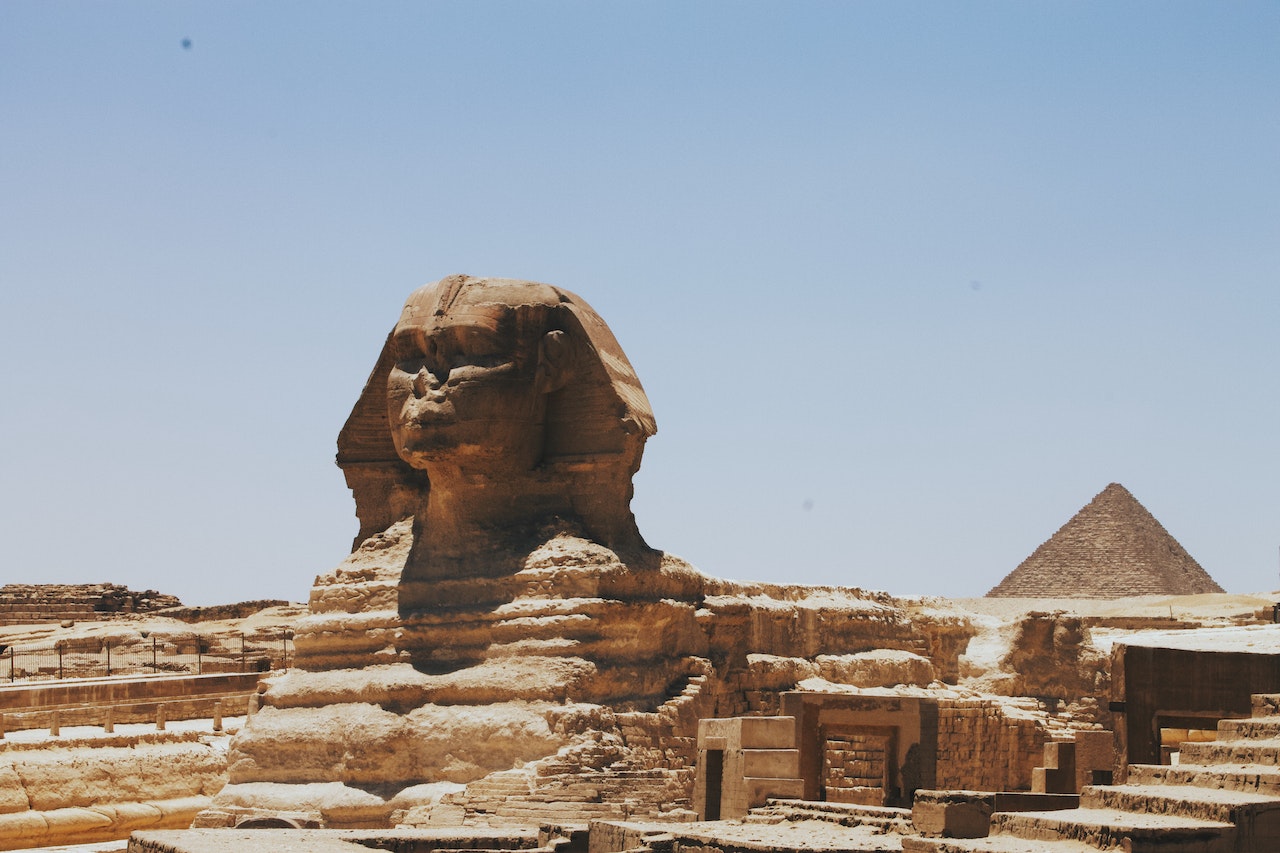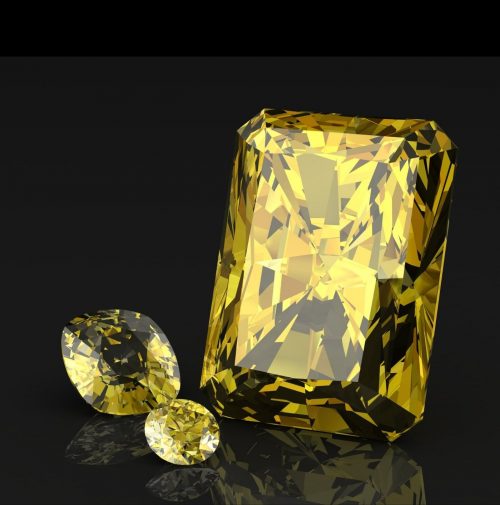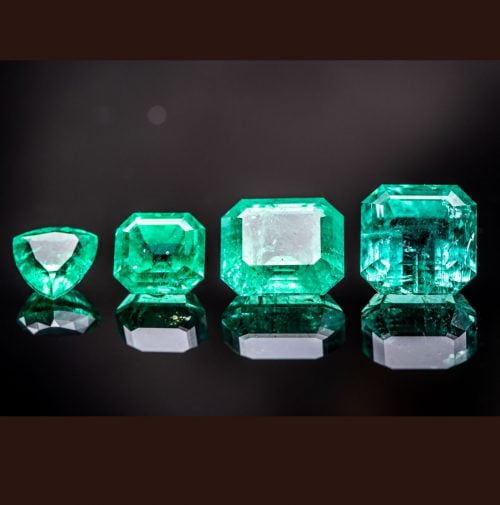Unveiling the Epic Tales and Mythology of the Gods of Egypt

Table of content
Egyptian mythology stands as one of the most captivating and enduring mythological systems in human history. Its rich tapestry of gods and goddesses, epic tales, and ancient legends have fascinated scholars, historians, and enthusiasts alike. Among the diverse pantheon of Egyptian deities, the Gods of Egypt have reigned supreme, representing the forces of nature, human attributes, and the mysteries of the afterlife. In this article, we embark on an enchanting journey through the annals of Egyptian mythology, shedding light on the remarkable stories and significance of these revered divine beings.
Ra, the Sun God:
At the center of the Egyptian pantheon stands Ra, the Sun God, whose radiant presence illuminates the heavens and the mortal realm. Ra is believed to have created himself from the primordial waters and brought forth life through his divine light. Embarking on a daily voyage across the sky, Ra’s journey symbolizes the cycle of birth, death, and rebirth. Learn about the mesmerizing tales of Ra’s battles against Apep, the serpent of chaos, and his vital role in Egyptian cosmology.
Isis, the Goddess of Magic:
Isis, the enchanting Goddess of Magic and motherhood, holds a prominent place in Egyptian mythology. Known as the wife and sister of Osiris, Isis exemplifies the power of nurturing and rebirth. Her unwavering dedication to restoring Osiris to life after his murder by Set showcases her profound magical abilities and unwavering love. Discover the captivating stories surrounding Isis, her role as the protector of pharaohs, and her renowned magical knowledge.
Horus, the Falcon God:
Horus, the divine falcon-headed deity, embodies the ultimate protector and symbolizes the rightful ruler of Egypt. The son of Isis and Osiris, Horus waged an epic battle against his uncle Set to avenge his father’s death and reclaim the throne. This monumental struggle highlights the eternal conflict between order and chaos, making Horus a revered deity associated with kingship and sovereignty. Explore the captivating legends of Horus and his significance in ancient Egyptian culture.
Anubis, the God of the Dead:
Anubis, the iconic jackal-headed God of the Dead, presides over the solemn realm of the afterlife. Revered as the guardian and guide of souls, Anubis plays a pivotal role in the intricate process of weighing the hearts of the deceased against the feather of Ma’at, goddess of truth and justice. Uncover the mysterious rituals associated with Anubis, his role in the complex journey of the soul, and the significance of his imagery in ancient Egyptian funerary practices.
Conclusion:
The Gods of Egypt are not merely mythical figures but embody the essence of ancient Egyptian culture, spirituality, and the eternal quest for understanding the cosmos. From Ra’s divine light to Isis’s profound magic, from Horus’s unwavering righteousness to Anubis’s solemn presence, each deity in the pantheon carries a unique significance and holds a place in the hearts of those who seek to unravel the mysteries of the ancient world. So, embark on this captivating journey into the realm of Egyptian mythology, and be enthralled by the epic tales and enduring legacy of the Gods of Egypt.
References
- ^ Jump up to:a b Lévai, Jessica (2007). Aspects of the Goddess Nephthys, Especially During the Graeco-Roman Period in Egypt. UMI.
- ^ Merriam-Webster’s Collegiate Dictionary, Eleventh Edition. Merriam-Webster, 2007. p. 56
- ^ Turner, Alice K. (1993). The History of Hell (1st ed.). United States: Harcourt Brace. p. 13. ISBN 978-0-15-140934-1.
- ^ Jump up to:a b Johnston 2004, p. 579.
- ^ Gryglewski 2002, p. 145.
- ^ Coulter & Turner 2000, p. 58.
- ^ Jump up to:a b “Gods and Religion in Ancient Egypt – Anubis”. Archived from the original on 27 December 2002. Retrieved 23 June 2012.
- ^ Jump up to:a b c d e f g “Anubis”. World History Encyclopedia. Retrieved 18 November 2018.
- ^ Jump up to:a b c “Anubis”. Encyclopaedia Britannica. 2018. Retrieved 3 December 2018.
- ^ Koepfli, Klaus-Peter; Pollinger, John; Godinho, Raquel; Robinson, Jacqueline; Lea, Amanda; Hendricks, Sarah; Schweizer, Rena M.; Thalmann, Olaf; Silva, Pedro; Fan, Zhenxin; Yurchenko, Andrey A.; Dobrynin, Pavel; Makunin, Alexey; Cahill, James A.; Shapiro, Beth; Álvares, Francisco; Brito, José C.; Geffen, Eli; Leonard, Jennifer A.; Helgen, Kristofer M.; Johnson, Warren E.; o’Brien, Stephen J.; Van Valkenburgh, Blaire; Wayne, Robert K. (2015). “Genome-wide Evidence Reveals that African and Eurasian Golden Jackals Are Distinct Species”. Current Biology. 25 (#16): 2158–65. doi:10.1016/j.cub.2015.06.060. PMID 26234211.
- ^ Jump up to:a b Leprohon 1990, p. 164, citing Fischer 1968, p. 84 and Lapp 1986, pp. 8–9.
- ^ Conder 1894, p. 85.
- ^ “CDLI-Archival View”. cdli.ucla.edu. Retrieved 20 September 2017.
- ^ Wilkinson 1999, p. 262.
- ^ Wilkinson 1999, pp. 280–81.
- ^ Wilkinson 1999, p. 262 (burials in shallow graves in Predynastic Egypt); Freeman 1997, p. 91 (rest of the information).
- ^ Wilkinson 1999, p. 262 (“fighting like with like” and “by jackals and other wild dogs”).
- ^ Jump up to:a b Freeman 1997, p. 91.
- ^ Riggs 2005, pp. 166–67.
- ^ Jump up to:a b Hart 1986, p. 25.
- ^ Jump up to:a b c Hart 1986, p. 26.
- ^ Gryglewski 2002, p. 146.
- ^ Peacock 2000, pp. 437–38 (Hellenistic kingdom).
- ^ “Hermanubis | English | Dictionary & Translation by Babylon”. Babylon.com. Retrieved 15 June 2012.
- ^ Jump up to:a b Riggs 2005, p. 166.
- ^ Hoerber 1963, p. 269 (for Cerberus and Hades).
- ^ E.g., Gorgias, 482b (Blackwood, Crossett & Long 1962, p. 318), or The Republic, 399e, 567e, 592a (Hoerber 1963, p. 268).
- ^ Jump up to:a b Hart 1986, pp. 23–24; Wilkinson 2003, pp. 188–90.
- ^ Jump up to:a b Vischak, Deborah (27 October 2014). Community and Identity in Ancient Egypt: The Old Kingdom Cemetery at Qubbet el-Hawa. Cambridge University Press. ISBN 9781107027602.
- ^ Hart 1986, p. 23.
- ^ Armour 2001.
- ^ Zandee 1960, p. 255.
- ^ “The Gods of Ancient Egypt – Anubis”. touregypt.net. Retrieved 29 June 2014.
- ^ Kinsley 1989, p. 178; Riggs 2005, p. 166 (“The motif of Anubis, or less frequently Hathor, leading the deceased to the afterlife was well-established in Egyptian art and thought by the end of the pharaonic era.”).
- ^ Riggs 2005, pp. 127 and 166.
- ^ Riggs 2005, pp. 127–28 and 166–67.
- ^ Faulkner, Andrews & Wasserman 2008, p. 155.
- ^ “Museum Explorer / Death in Ancient Egypt – Weighing the heart”. British Museum. Retrieved 23 June 2014.
- ^ “Gods of Ancient Egypt: Anubis”. Britishmuseum.org. Retrieved 15 June 2012.
- ^ Wilkinson 1999, p. 263.
- ^ Jump up to:a b c Hart 1986, p. 22.
- ^ Hart 1986, p. 22; Freeman 1997, p. 91.
- ^ Jump up to:a b “Ancient Egypt: the Mythology – Anubis”. Egyptianmyths.net. Retrieved 15 June 2012.
- ^ Remler, P. (2010). Egyptian Mythology, A to Z. Infobase Publishing. p. 99. ISBN 978-1438131801.
- ^ Wilkinson 1999, p. 281.
- ^ Wilkinson 2003, pp. 188–90.
- ^ Campbell, Price (2018). Ancient Egypt – Pocket Museum. Thames & Hudson. p. 266. ISBN 978-0-500-51984-4.






